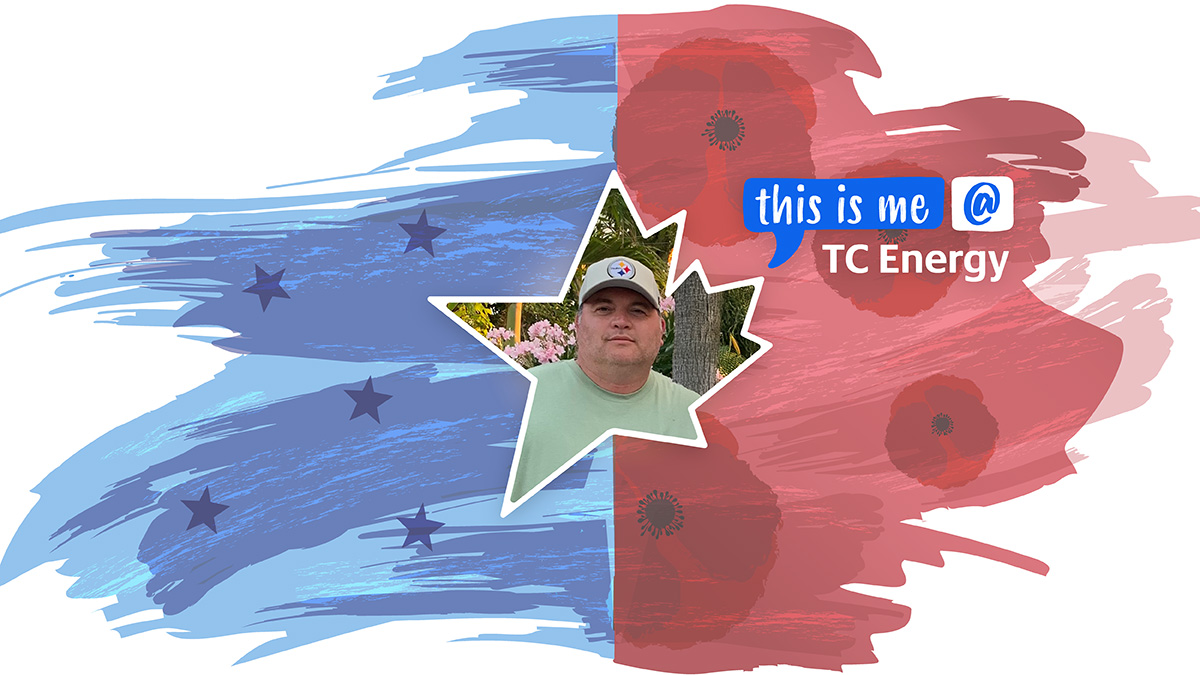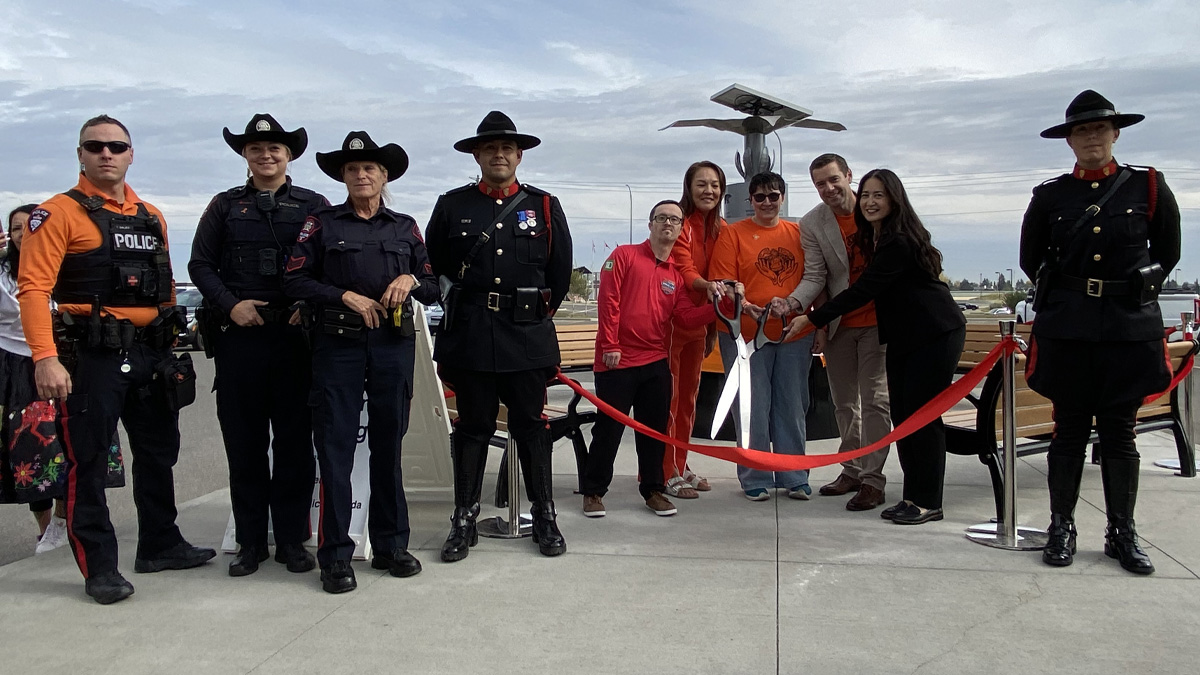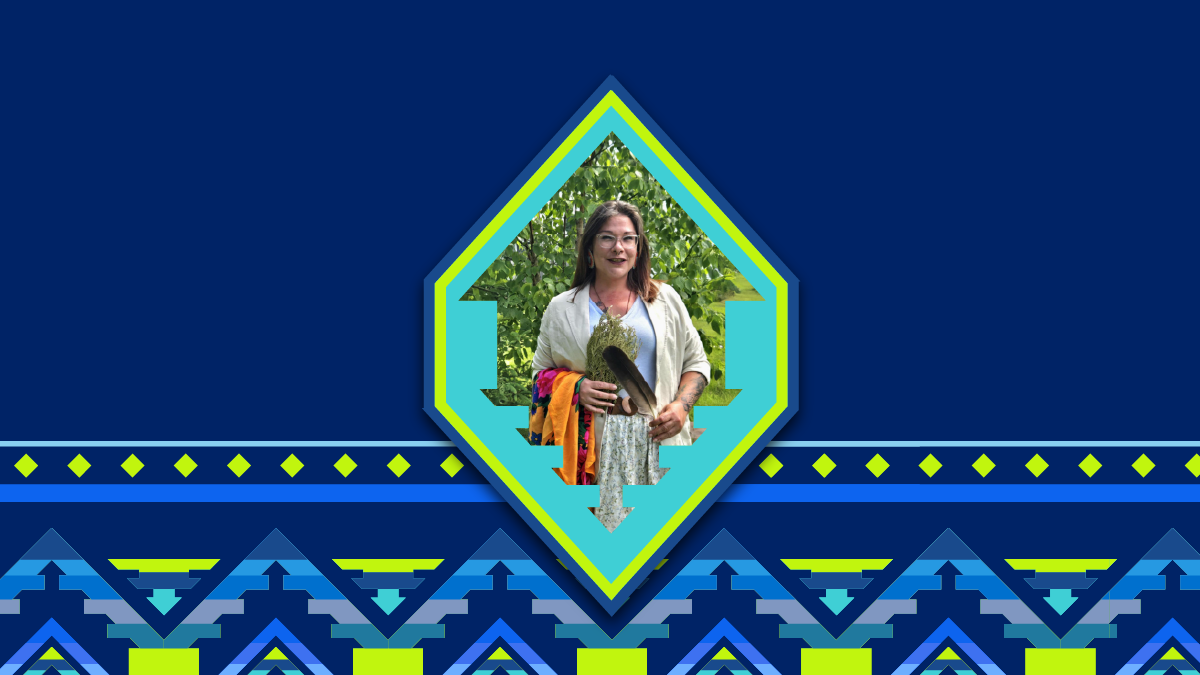Nov 7, 2025
Honouring Indigenous traditional knowledge
Posted by TC Energy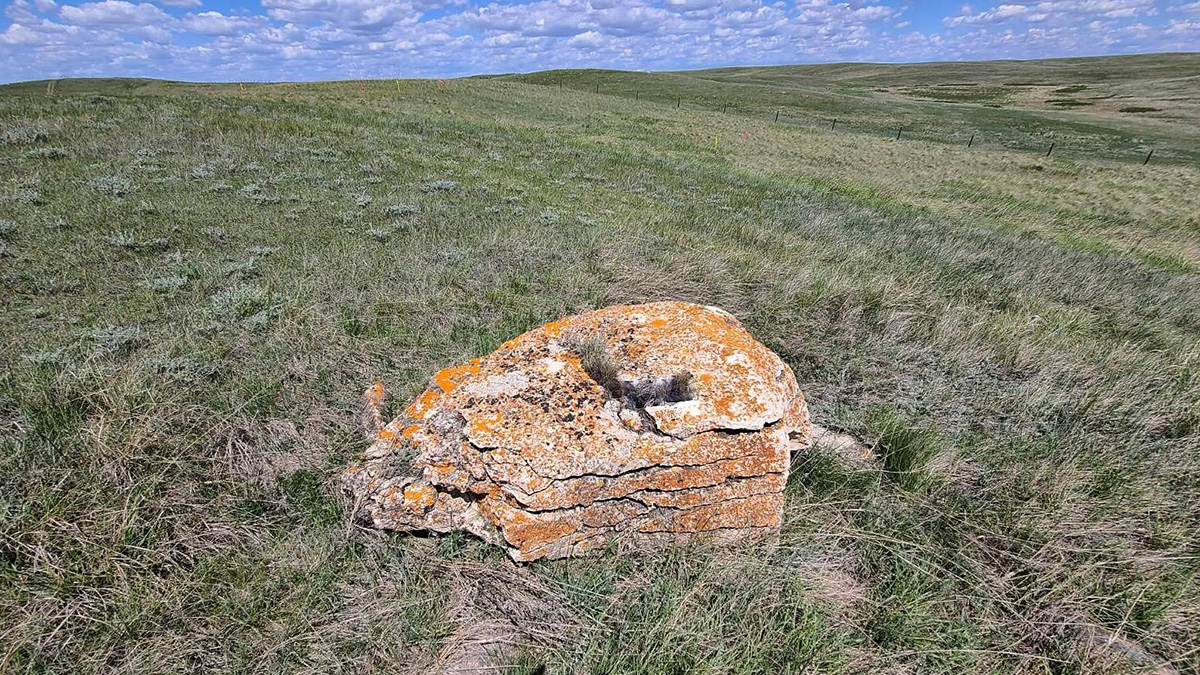
HISTORICAL DISCOVERY: Buffalo rub stone discovered by First Nations along Keystone XL pipeline right of way in Alberta.
First Nation collaboration aids in preservation of bison rub stone discovery
Continuing to establish long-lasting relationships with the Indigenous groups whose traditional lands the Keystone XL route traverses is critical to us. As a project, we respect the Traditional Knowledge and culturally significant sites located on these traditional lands.
Construction activities involve Indigenous monitors and environmental inspectors to assess and verify appropriate mitigation measures related to traditional resources and culturally and historically significant sites, aiding in the preservation of Traditional Knowledge.
During a Keystone XL construction site visit, Nation members from the Ermineskin Cree Nation, accompanied by members of Samson Cree Nation, Montana First Nation, and Louis Bull Tribe, identified a bison rub stone along the project’s right-of-way.
The rub stone discovery is of cultural significance. It serves as a monument honouring the vast herds of buffalo that once roamed the prairies and played a crucial role in sustaining Indigenous peoples for thousands of years. Buffalo used rub stones to relieve themselves of insect bites or help remove their matted winter coats.
Discovery is a monumental find and significant link to Indigenous culture
Before the arrival of settlers, buffalo numbered into the millions, but were nearly brought to extinction during concerted efforts by settlers and governments to clear the North American plains in the 1800s. Since then, most rub stones in the prairies have been removed as the prairie grasslands have been transitioned into farmland over time.
The arid prairie climate of western Saskatchewan and eastern Alberta has kept some cultivation at bay, which has preserved much of the traditional and archaeological heritage in this area. The discovery of this rub stone is a monumental find and a significant link to Indigenous people's cultural heritage.
Relocating the buffalo rub stone to a 'place of honour'
The Keystone XL team worked closely with the Nations to understand cultural protocols and safety and logistical considerations required to relocate the rub stone more than 400 kilometres (249 miles) away to Maskwacis, Alta.
The stone had many fractures, and the team feared it would not arrive at its destination without falling apart. Aside from its sandstone base, which will remain near its original home near the right-of-way, the stone arrived intact.
To honour the stone and the historical role it played in caring for the buffalo, a ceremony was carried out to thank the stone, the land and offer protection prayers for the journey to its new home.
Once the blessing was completed, Keystone XL crews made careful efforts to dig out the stone by hand and delicately cradle it into a bed of sand for transportation. When the stone arrived at its new home another ceremony welcomed its safe arrival.
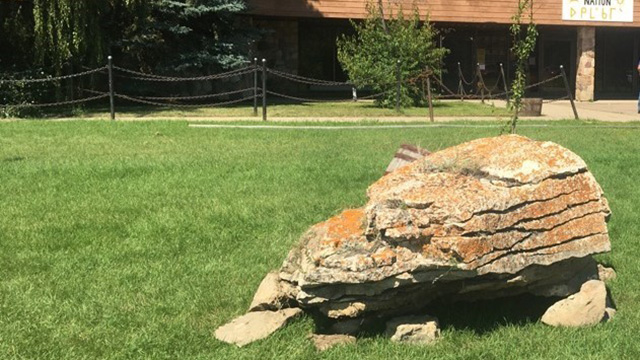
NEW HOME: The buffalo rub stone was moved more than 400 kilometres (249 miles) to a ‘place of honour’ at Maskwacis, Alta.
As a project, we are grateful for the opportunity to work closely with the Nations to preserve this culturally significant stone. This relocation demonstrates the importance of our relationships with Indigenous groups across our footprint. The collaborative approach we take are driven by our Indigenous Guiding Principles.
Learn more about Indigenous relations
Indigenous advisors promote safe and inclusive workforce lodges
Honouring the rights and interests of Indegenous groups
Indigenous community honours “Difference-Maker”
Indigenous websites
Ermineskin Cree Nation
Montana First Nation
Samson Cree Nation
